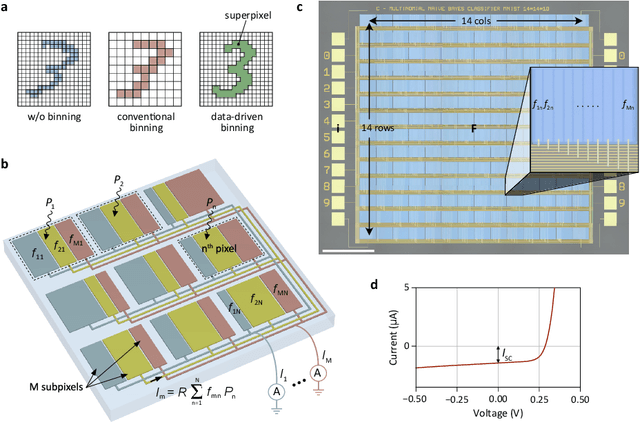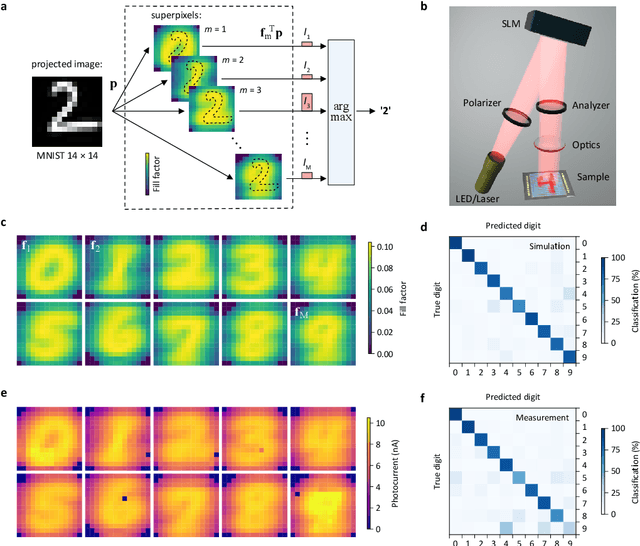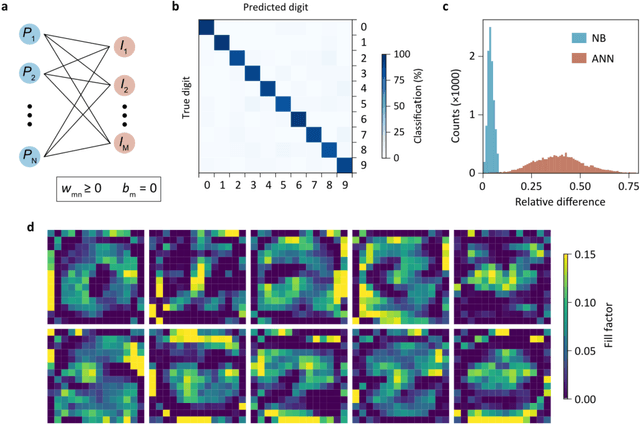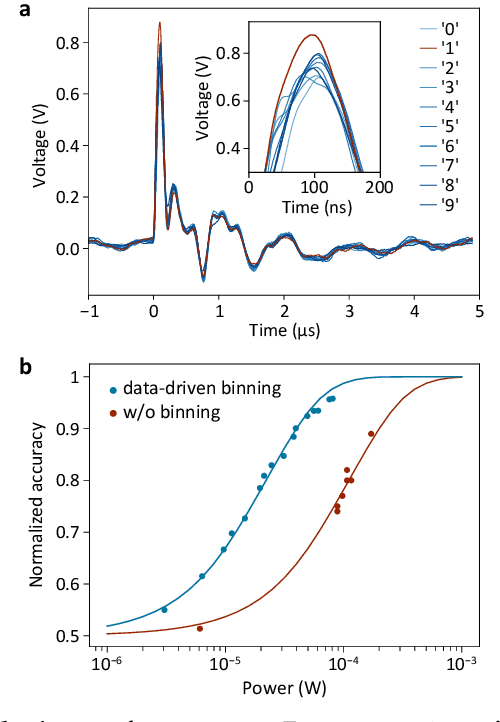Aaron Maxwell Andrews
Experimental investigation on the effect of temperature on the frequency limit of GaAs-AlGaAs and AlGaN-GaN 2DEG Hall-effect sensors
Feb 17, 2024Abstract:This follow-on work investigates the effect of temperature on the frequency limit of 2-dimensional electron gas (2DEG) Hall-effect sensors.
Effect of geometry on the frequency limit of GaAs/AlGaAs 2-Dimensional Electron Gas Hall effect sensors
Jun 13, 2023Abstract:In this work, we experimentally investigate the frequency limit of Hall effect sensor designs based on a 2 dimensional electron gas (2DEG) gallium arsenide/aluminum gallium arsenide (GaAs/AlGaAs) heterostructure. The frequency limit is measured and compared for four GaAs/AlGaAs Hall effect sensor designs where the Ohmic contact length (contact geometry) is varied across the four devices. By varying the geometry, the trade-off in sensitivity and frequency limit is explored and the underlying causes of the frequency limit from the resistance and capacitance perspective is investigated. Current spinning, the traditional method to remove offset noise, imposes a practical frequency limit on Hall effect sensors. The frequency limit of the Hall effect sensor, without current spinning, is significantly higher. Wide-frequency Hall effect sensors can measure currents in power electronics that operate at higher frequencies is one such application.
A photosensor employing data-driven binning for ultrafast image recognition
Nov 20, 2021



Abstract:Pixel binning is a technique, widely used in optical image acquisition and spectroscopy, in which adjacent detector elements of an image sensor are combined into larger pixels. This reduces the amount of data to be processed as well as the impact of noise, but comes at the cost of a loss of information. Here, we push the concept of binning to its limit by combining a large fraction of the sensor elements into a single superpixel that extends over the whole face of the chip. For a given pattern recognition task, its optimal shape is determined from training data using a machine learning algorithm. We demonstrate the classification of optically projected images from the MNIST dataset on a nanosecond timescale, with enhanced sensitivity and without loss of classification accuracy. Our concept is not limited to imaging alone but can also be applied in optical spectroscopy or other sensing applications.
 Add to Chrome
Add to Chrome Add to Firefox
Add to Firefox Add to Edge
Add to Edge